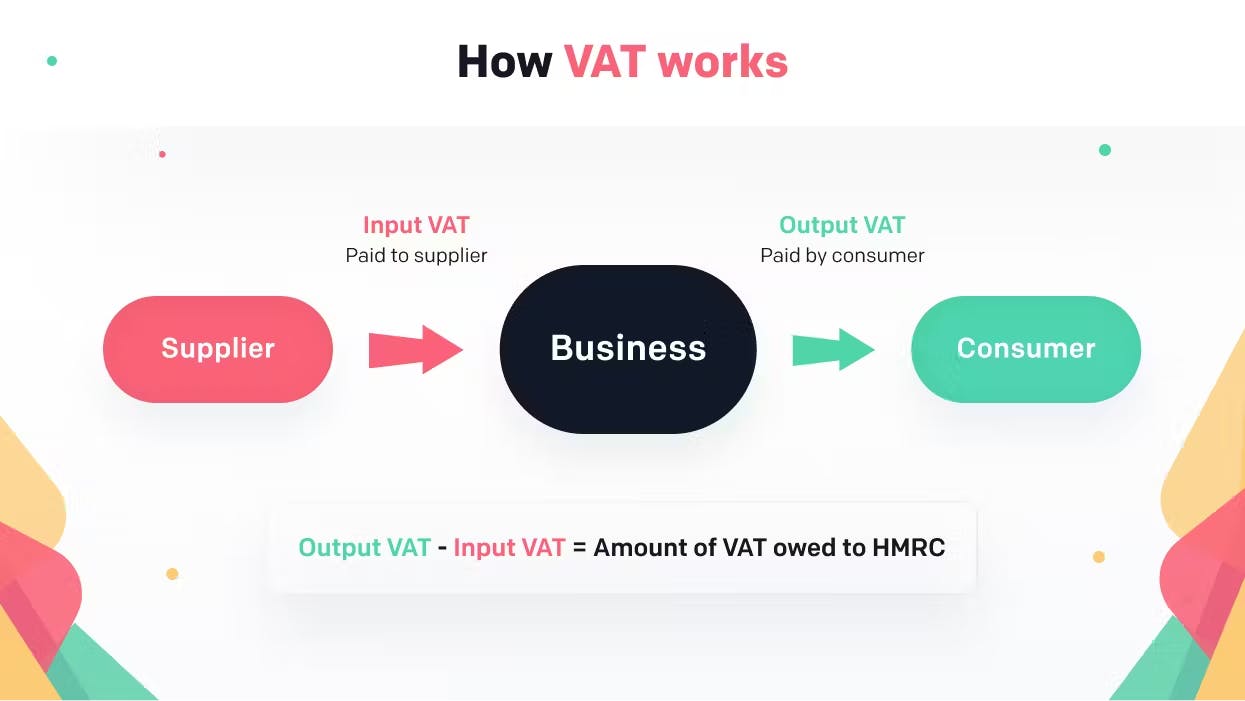
Contents
How to file a VAT Return: A step-by-step guide
April 24, 2023What is a VAT Return?
| Rate | % | Applicable to |
|---|---|---|
| Standard | 20% | Most goods and services |
| Reduced | 5% | Children's car seats, fuel and power for domestic use, energy-saving materials installed for domestic use |
| Zero | 0% | Books and newspapers, children's clothes and shoes, motorcycle helmets |






